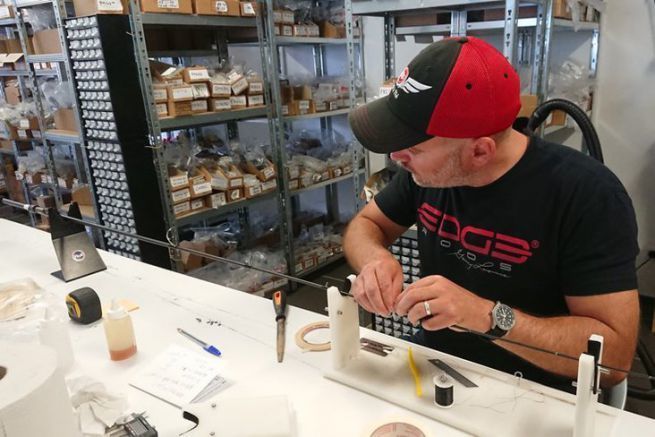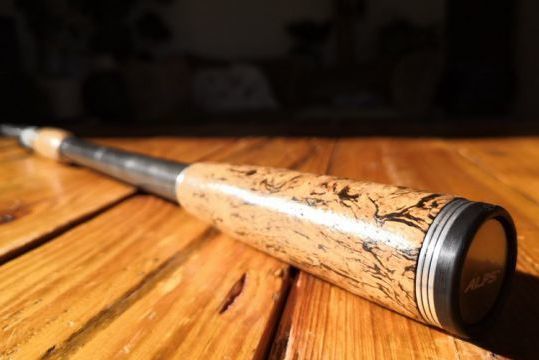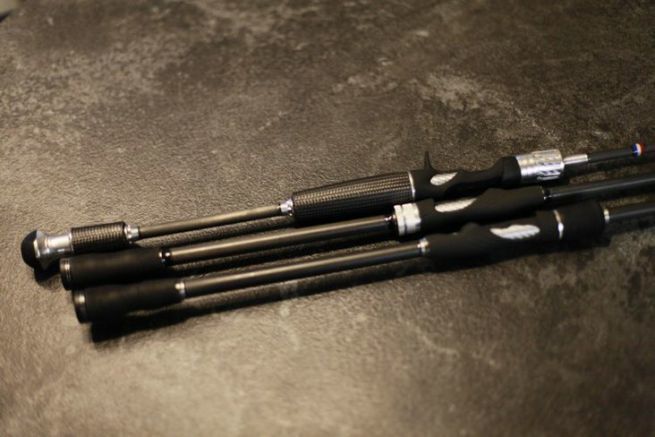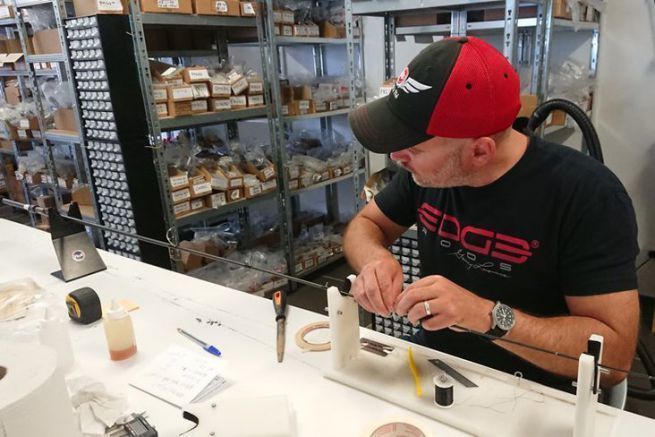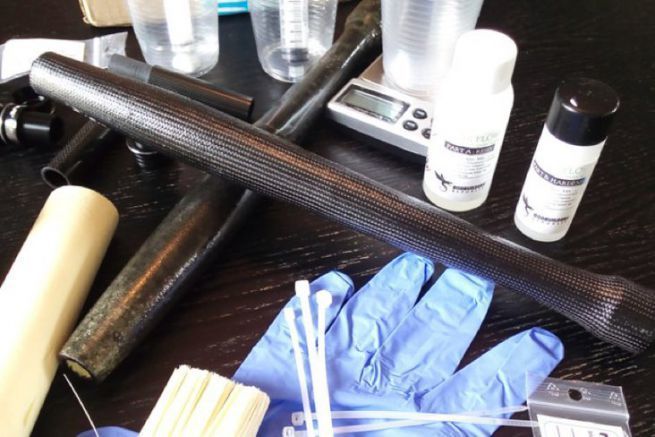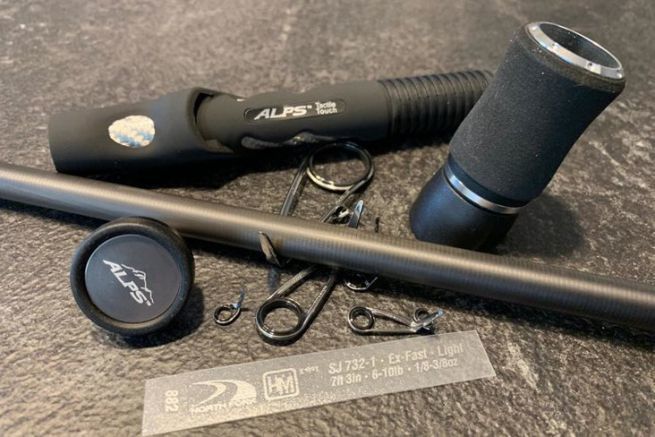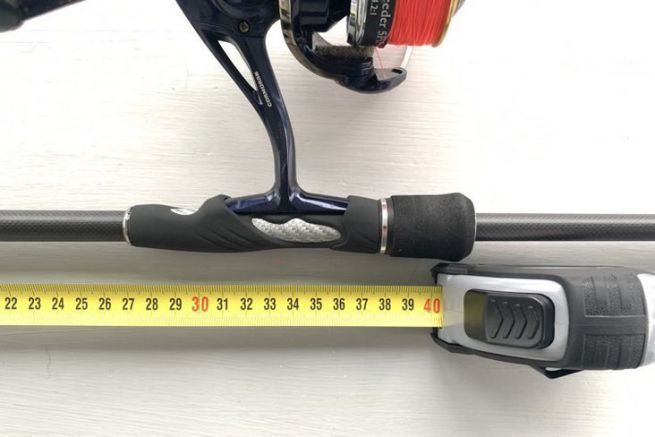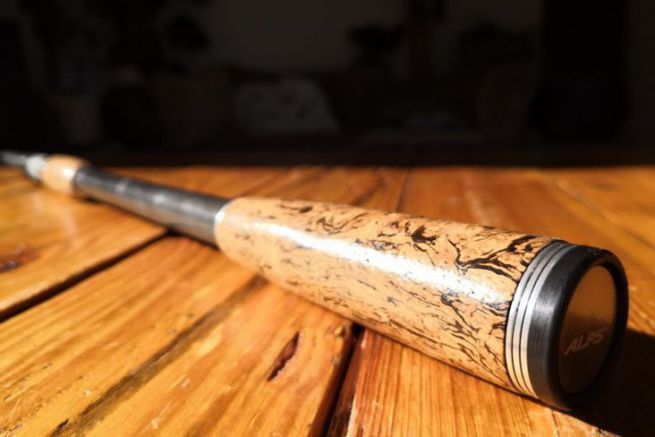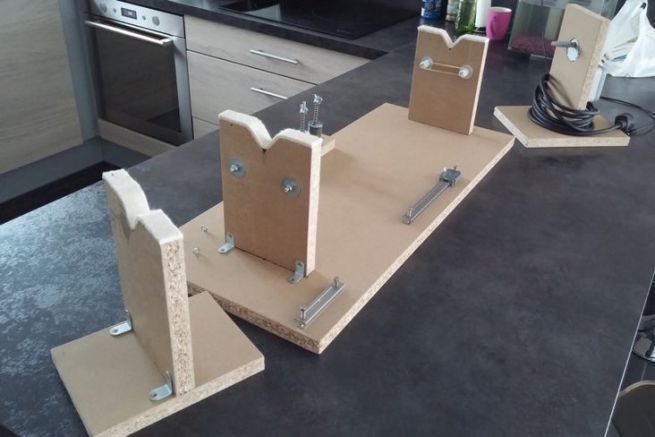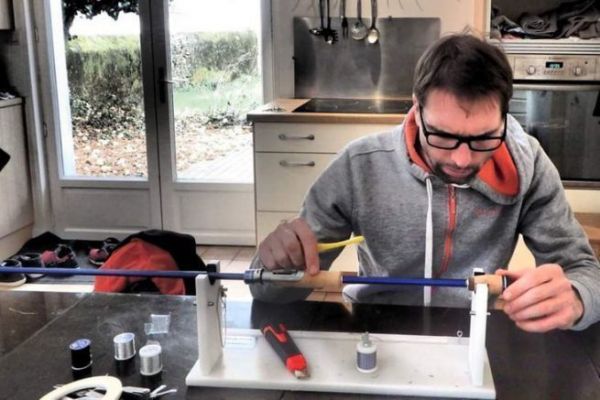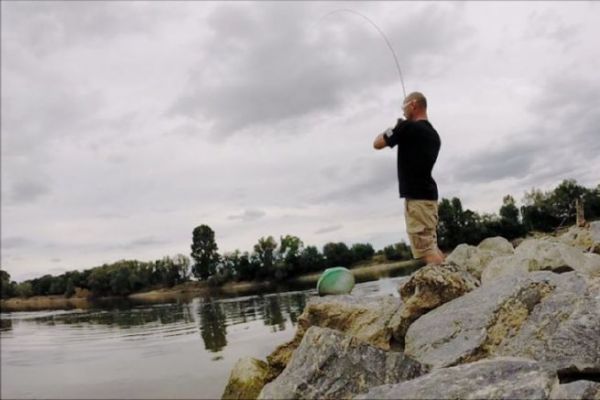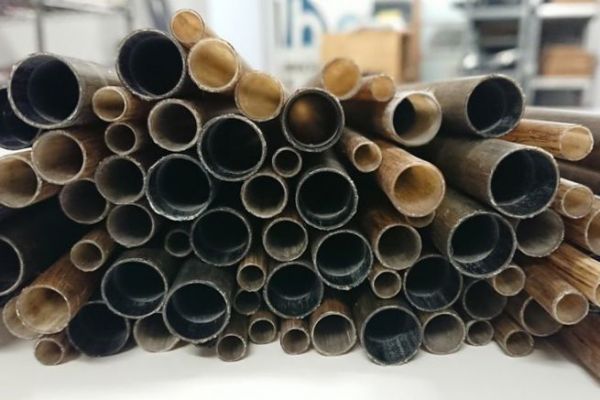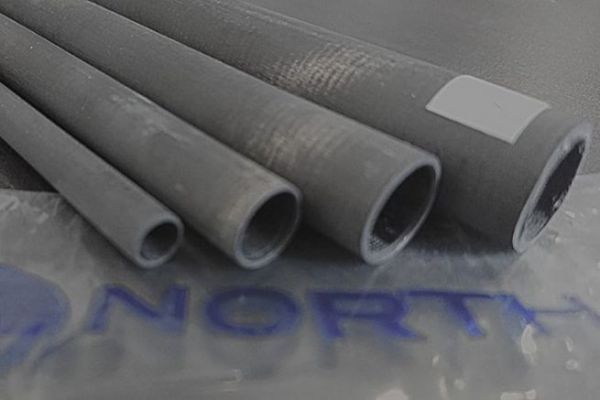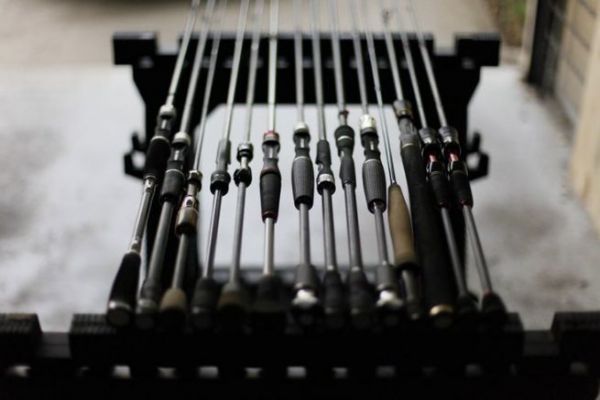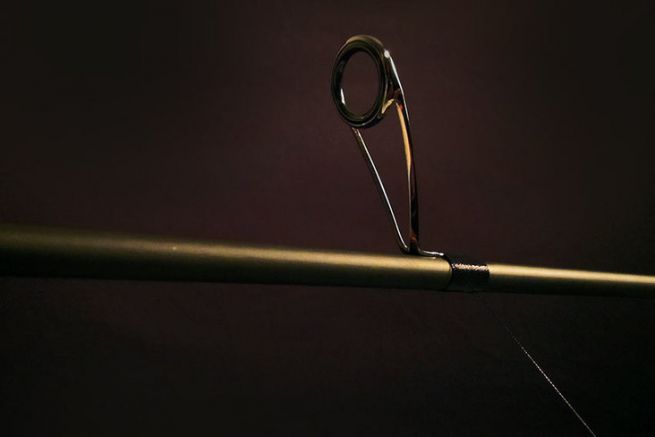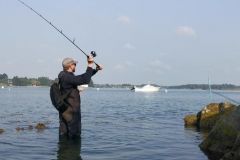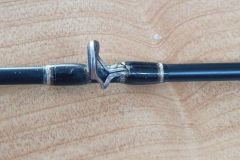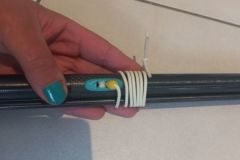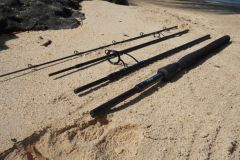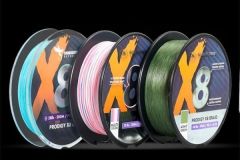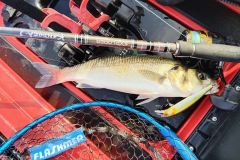1 - The fisherman-technician in search of performance
His approach is clear, his rod is a tool. No frills, but features that respond exactly to a set of specifications. He needs a short butt to fish in a float tube, a specific action, a specific power rangeâ?¦
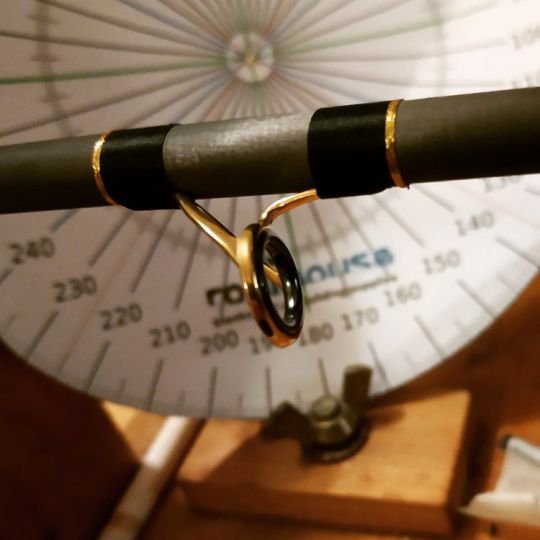
Regardless of the look, his rod is a tool that must perform well and that is part of a requirement for precision. The choice of the blank, the search for a precise spine, the measurement of the butt, the definition of an optimal distribution of the ringsâeuros¦ are so many parameters which are studied to make of its cane the most successful tool for the use to which it intends it.
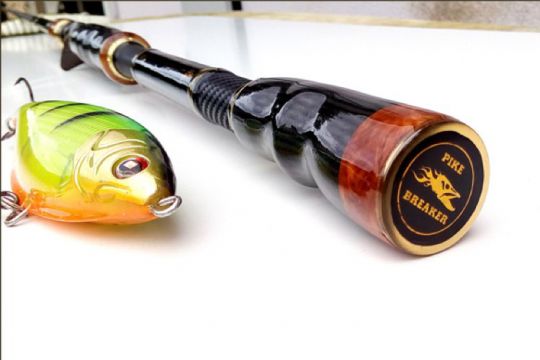
2 - The fisherman-artist in search of aestheticism
For him, the rod is a tool that allows him to practice his passion, but it must be above all a beautiful tool. A bit of an aesthete, but not totally ignorant, he knows perfectly well that a pretty cane will not make him fish better. But he loves his equipment as a work of art. He finds his pleasure as much in the practice of fishing as in the amazement in front of neat and if possible unique equipmentâeuros¦
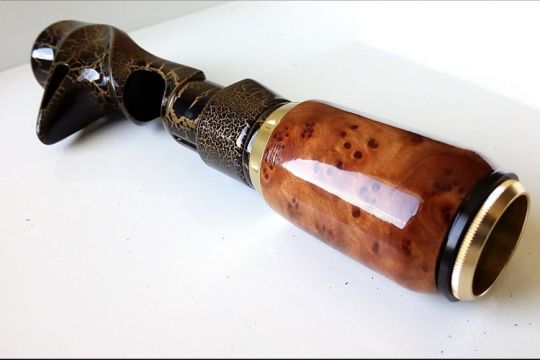
While respecting the fundamental principles of rodbulding (spine, ring distribution, choice of blankâeuros¦), he will pay particular attention to the choice of materials, the color of the rings, the finish of the liège, he will push the vice to turn his handles, customize his reel seat, make a wrappâeuros¦ In a single goal: that of creating a unique work of art and corresponding perfectly to his tastes.

In the middle of these two philosophies, lies THE rodbuilder
It combines the requirement of performance and aesthetics. He is able to produce a unique and technically perfected object. This rodbuilder exists in each of us, it does not require any particular skill, simply time, meticulousness and desire.

 /
/ 